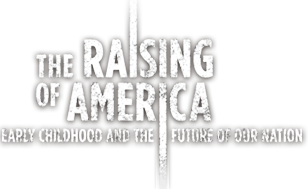DISCOVER
Who's Paid What?
Since helping our babies and young children thrive is one of the most vital jobs in any nation, the people who do this work in the U.S. must be paid well, right?
The median wage of $9.42/hour for childcare workers adds up to $19,600 per year. That’s less than the federal poverty level for a family of three. Almost half of childcare workers are forced to rely on some form of public assistance, like food stamps, to make ends meet. The median wage paid to those working in center-based care, birth to five, was $10.60 an hour in 2012, according to the National Survey of Early Care and Education, while preschool teachers make $13.26 an hour, according to the U.S. Bureau of Labor Statistics.
Why do we pay those who care for our youngest children so little they can’t even care for their own children above the poverty line? Evidence shows that all children, especially those from low income families, benefit greatly from high-quality care, as do their families and even the nation. But quality is key.
Yet U.S. childcare is mediocre at best. Only one in 10 centers is even accredited. Costs average $10,000 a year or more. In California, cemeteries are inspected more often than childcare centers. Yes, there are some wonderful childcare options available—if you are lucky enough to afford them, or get a spot.
We might begin by paying early child care and education teachers more. But, opponents say, that would make childcare even more expensive. Parking lot attendants, even childcare teachers, can’t afford child care now. What will they do?
The only way is if childcare is subsidized, as our K-12 schools are. Early Head Start, for example, is only able to serve 4% of qualified families.
The good news is that study after study shows that investments in early care and education pay for themselves, many times over. Children receiving high-quality care average more schooling, better jobs, have better health and pay more in taxes. They are less likely to be assigned to special ed, require public assistance, or go to prison. Over the long run, every dollar invested in high-quality care returns to society $6+ depending on the study.
The early years, when babies’ brains are developing so rapidly, is a period of great opportunity—and great vulnerability. 40% of children birth to age five spend time in childcare or preschool. Isn’t it simple common sense to train, educate and pay good salaries to those whom we are entrusting the nurturing of our youngest children?


















